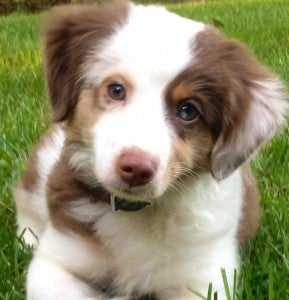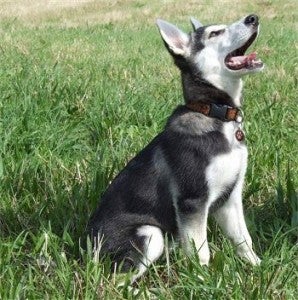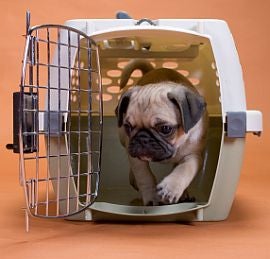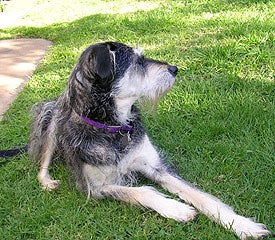 You have made a great decision choosing to adopt a rescue dog. The experience of sharing your home and heart with a rescue dog will be truly rewarding. These precious dogs may have experienced life as a stray, been abused by their owner, moved around from one foster home to another or their family gave them up.
You have made a great decision choosing to adopt a rescue dog. The experience of sharing your home and heart with a rescue dog will be truly rewarding. These precious dogs may have experienced life as a stray, been abused by their owner, moved around from one foster home to another or their family gave them up.
1- Plan Ahead – The change in your dog’s environment will be stressful as he leaves the shelter and you bring him into a loving and safe home. You have to guide him calmly as he tries to adapt to this big change in his life. The adjustment period will be easier if you have your home ready with the important supplies needed for the first week that your dog is home. Choose a safe place for your dog’s water and food bowls where he is not in the way and will not be disturbed while he eats. The shelter should give you any important information about the health of your dog such as allergies or any medication he may be taking, as well as the kind of food he is used to eating. Your dog’s digestive system is very delicate so you should change his food slowly if you need to. For your dog’s safety, have a harness that fits him properly along with a five to six foot leash that is sturdy, and decide if you want to use a microchip or tags in case he gets lost. Have the phone numbers for your animal hospital and veterinarian and a pet first aid kit close at hand for emergencies.
2- Prepare your Home – Secure any areas that could be a hazard using a barrier, or install gates. Deciding where you want your dog to sleep is very important. Do you want him to sleep with you? This makes for a life-long commitment, building a special bond that makes your dog feel loved and secure. Or have him enjoy a special bed of his own. Decide where your dog will stay while you are away from home and make this place secure and safe for him. Make your dog feel comfortable when he arrives by showing him spaces you want him to be in with bedding and toys to play with and reward him with a treat. Adjusting to a new home will take time, usually six to eight weeks, so try to avoid having a houseful of people over for several days keeping your schedule free until he gets used to his new home.
3- Communication – Reward your dog with treats and praise if he does something good letting him know he should continue this behavior. Then if your dog does something that you do not want him to repeat such as chewing on your shoes replace them with a bone to chew on or a toy. You should never use fear, force or pain to communicate with you dog.
4- Separation Anxiety – Practice doing your everyday activities before you leave home, so your dog will not feel that you are leaving him alone. Going out for small amounts of time is a good thing to do to. It will cause your dog a lot of stress if you leave him for eight hours at first. Always have treats and toys for him so he feels calm. Your greetings when you leave and come home should be relaxed so his anxiety level is at a minimum.
5- Patience – Adjustment to your dog’s forever home could take up to a couple of months. It may take a little while for him to feel like your dog, just relax it will happen. Your dog will give you signs that are easy to recognize when he needs to be alone, or if he is uncomfortable. He needs time to feel at ease with family and friends so advise them to let your dog come over to them when he is ready and be sure to always give him treats as his reward.
Photo credit: Jakub Halun/Wikimedia
























 Do you notice how she is studiously ignoring me?
Do you notice how she is studiously ignoring me?